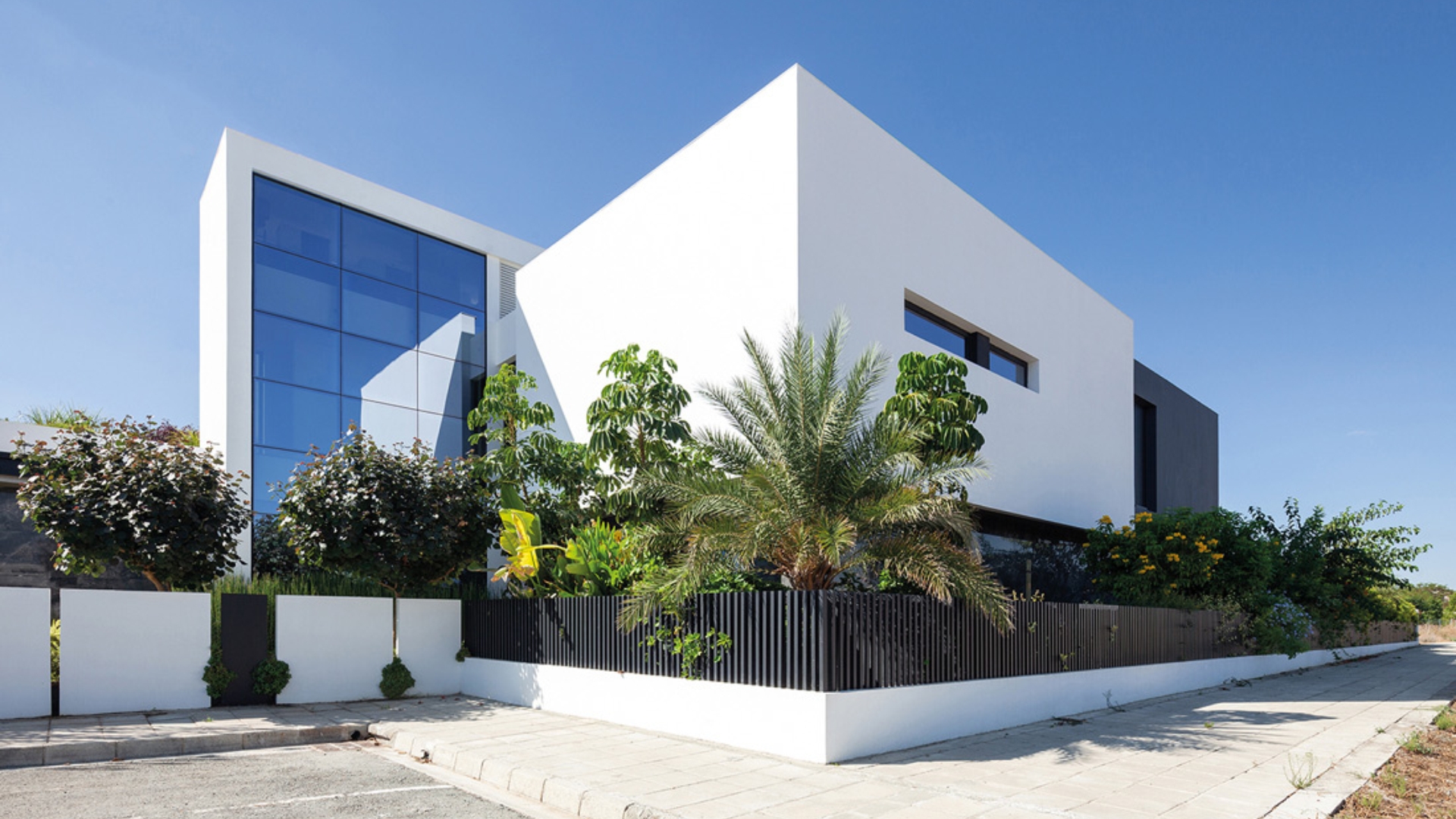Key Takeaways
- The integration of technology in architecture is reshaping modern design.
- Sustainable practices are crucial for contemporary architectural projects.
- Balancing aesthetics with functionality provides value and appeal.
- Collaborative efforts between designers and clients lead to successful outcomes.
Introduction
The discipline of modern architecture is constantly changing. It aims to create spaces that combine practical function with aesthetic appeal and push the frontiers of design. This balance has become a focal point for contemporary architects who endeavor to produce visually stunning and functionally practical environments. Firms like Forum Phi are pivotal in leading this innovation, employing advanced techniques and sustainable practices. This piece explores the most recent approaches and trends architects use to strike this careful balance with the help of insightful analysis and fact-based study.
The Role of Technology in Contemporary Architecture
Technology is advancing so quickly that it has dramatically impacted architecture. Today’s architects must have tools like Building Information Modeling (BIM), 3D printing, and virtual reality. These technologies streamline the design process, enabling more precise and creative outcomes. BIM allows for detailed digital models, facilitating stakeholder collaboration and ensuring seamless project execution. By enabling intricate designs that are not possible with conventional technologies, 3D printing opens up new options for architectural innovation. These tools are becoming mainstream, leading to higher efficiency and more cohesive project development.
Sustainable Architecture: A Necessity, Not an Option
Sustainability is a crucial aspect of contemporary architectural design, with green building practices and eco-friendly materials essential for reducing environmental impact. Sustainable architecture involves renewable energy sources, energy-efficient designs, and natural elements to lower energy consumption and improve indoor environmental quality. Solar panels and geothermal energy systems can significantly reduce a building’s carbon footprint. Integrating natural light through windows and skylights reduces artificial lighting reliance and improves occupant well-being. The U.S. Green Building Council reports that implementing these practices can lead to energy reduction of up to 30%, emphasizing the importance of sustainability in contemporary architectural design.
Aesthetics vs. Functionality: Finding the Perfect Balance
Modern architecture faces the challenge of balancing aesthetics with functionality. Architects must consider how design elements impact the space’s functionality and create environments that serve user needs while being visually captivating. The Salk Institute in La Jolla, California, exemplifies this balance by blending minimalist aesthetics with the functional requirements of a working laboratory. Designed by acclaimed architect Louis Kahn, the institute is both beautiful and practical, demonstrating that a harmonious balance between form and function can be achieved.
The Importance of Client Collaboration
Successful architectural projects are often the result of effective collaboration between architects and clients. Clients bring valuable insights and perspectives that can significantly influence the design process, ensuring that the finished product aligns with their needs and expectations. Open communication and continuous feedback are essential to this collaborative approach, enabling architects to tailor their designs to meet specific requirements and preferences.
Industry experts emphasize the importance of involving clients in every stage of the design process. When clients actively participate and provide input, they are more likely to be satisfied with the outcome. This collaborative approach improves the project’s overall success and gives clients a sense of pride and ownership.
Trends Shaping Modern Architectural Design
Key trends such as adaptive reuse, smart home technology integration, and biophilic design influence modern architectural design. Adaptive reuse involves repurposing existing buildings to preserve historical and architectural heritage, promoting sustainability and unique character. Smart home technology allows for automation and remote control of building systems, enhancing convenience and reducing energy consumption. Natural elements like plants and water features are used in biophilic architecture to improve tenant well-being and their sense of connection to the outdoors.
The Future of Architectural Innovation
Architectural innovation is promising as emerging trends and technologies like parametric design and modular construction are expected to revolutionize the field. Parametric design uses algorithms to generate complex forms, while modular construction involves prefabricating building components for on-site assembly. By embracing these advancements, architects can create spaces that meet user needs and inspire, uplifting the future of architecture. The future of architecture is bright and exciting since there are countless opportunities for creativity and innovation.

